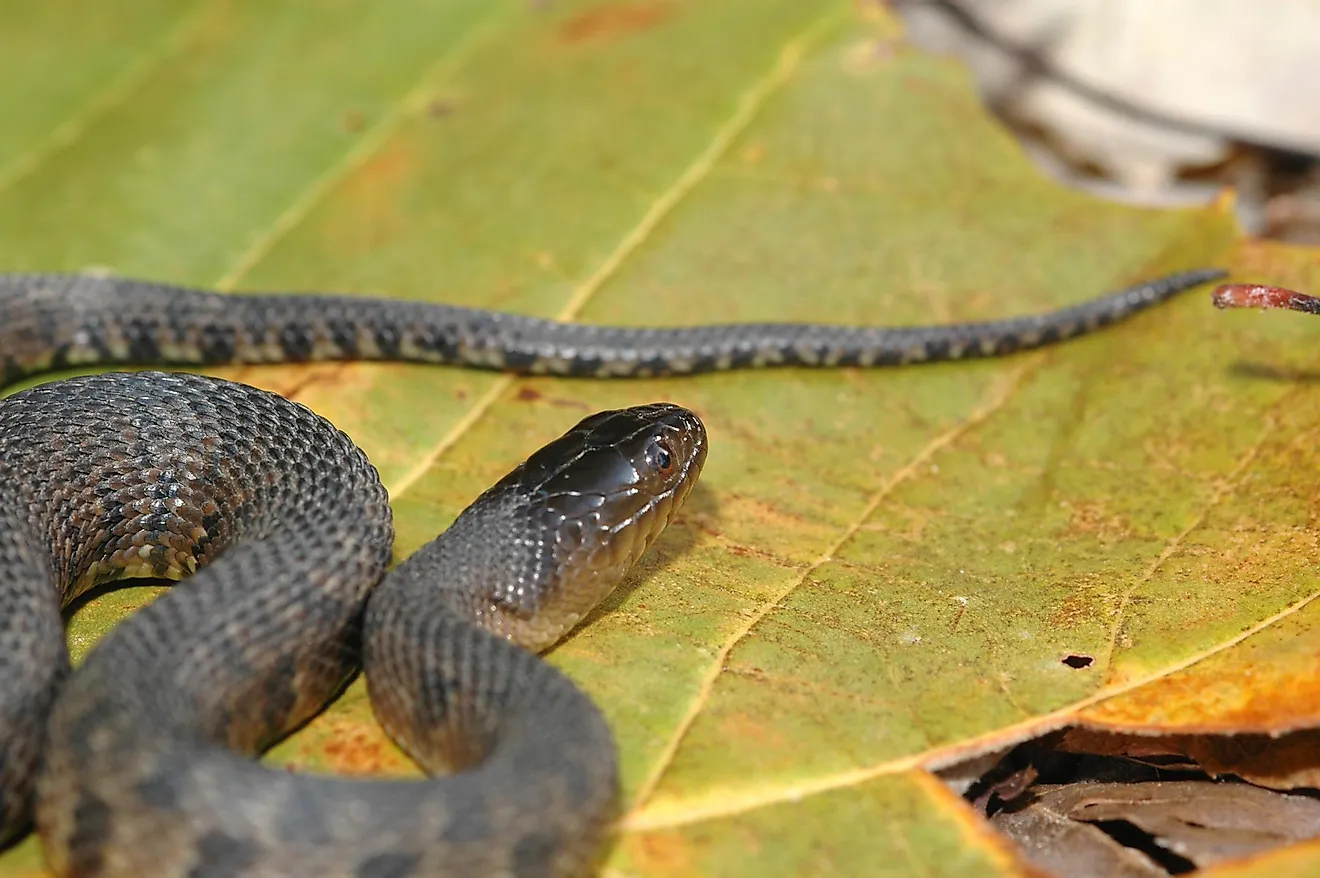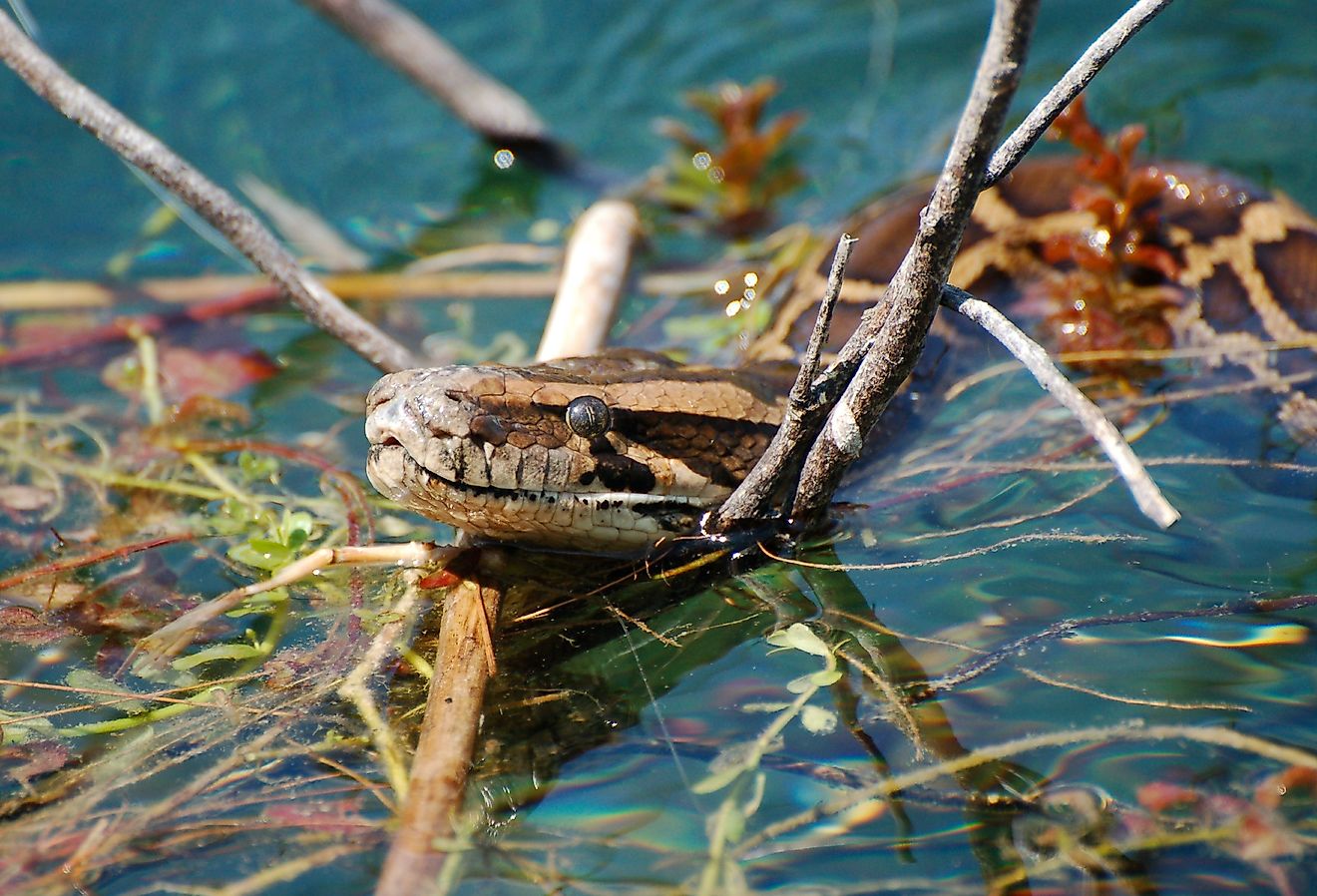
Egret
A stately bird of grace and beauty, the egret is perhaps one of the most recognized birds for the layperson, easily identified by its brilliant white feathers and distinctive beak. It’s also a prime example of the resilience of animals to bounce back in the face of adversity and of just how effective conservation efforts can be when they are carried out with determination.
Description
The term egret refers to any member of several species of heron (family Ardeidae, order Ciconiiformes), most of which are long-legged wading birds with white or buff-colored plumage. They typically inhabit humid forests, marshes, lakes, and other such wetland environments, preying on the small fish, crustaceans, reptiles, and amphibians living in shallow, salt and fresh waters. Some species have developed specializations to aid them in hunting prey in varying conditions. For example, the snowy egret (Egretta thula) possesses bright yellow feet, which are thought to attract fish as it wades in shallow waters, looking for food. Egrets build their nests in trees and bushes, or on the ground, with these nests easily distinguished from those of other species by their untidy appearance.

The great egret (Ardea alba) is the largest species, standing up to 3.3 feet tall, with a wingspan of 131 cm to 170 cm, and weighing from 1.5 lb to 3.3 lb, and can be identified by its yellow bill. Other species include the cattle egret, identified by its short, stout neck and legs and the orange-buff plumes on its head; the snowy egret, notable for its black bill and bright yellow feet; and the reddish egret (Egretta rufescens), one of the most active egrets, which is identified by its bluish-black feet. This last species is one of the rarest and least studied egrets. It is also notable for its two distinct color morphs, one with a slate-blue body and the other being the more familiar all-white.
Where Are They Found?

Egrets can be found across all continents, including Antarctica, with sightings of the cattle egret (Bubulcus ibis) being reported there in 1948, although they are generally restricted to less extreme environments. The cattle egret is considered one of the most successful bird species and was originally found in Africa, feeding alongside buffaloes and elephants on the savannah. It then spread to colonize North America and Europe but was only found in Great Britain in 2008, when dozens of them arrived in the southwest. However, while it took another nine years for any confirmed breedings to be reported, a thriving population appears to have established itself, thanks largely to better farm management, which has improved the quality of available habitat.
Breeding

Breeding habits across species are varied, but some perform elaborate mating displays based on their distinctive plumage. For example, the great egret undergoes striking changes in coloration, developing lime-green patches on its face, while its back feathers take on a wavy, undulating motion. After building a nest, the male egret will then display nearby, hoping to attract a mate by curving its body into an S shape and by raising and lowering its body. Both male and female great egrets may work together to finish the nest, with the female then laying between one and six eggs. These are a pale blue-green color and are incubated by both parents for 23 to 26 days. Baby egrets leave the nest after around four weeks and can fly at six weeks. Chicks can be aggressive, frequently attacking and killing their brother and sisters, a behavior known as siblicide. This is often due to poor breeding conditions in a particular year, with scarce food and other resources.
Conservation History And Status
In the early 19th and 20th centuries, egrets came close to extinction, largely due to the popularity of their feathers for use in the hat-making industry in the United States and Europe. Their feathers, known as aigrettes, were extremely valuable, fetching up to $30 an ounce (worth around $2,000 today), more than twice the value of gold at the time. Egrets were particularly vulnerable to this kind of large-scale hunting as they breed in large colonies, making them easy targets that could be wiped out in substantial numbers with minimal effort. Further exacerbating the problem, males and females were targeted, as both sexes bore the striking feathers that the fashion industry demanded, leading to entire rookeries being decimated almost overnight. As such, in the United States, by the turn of the 20th century, egrets only survived in small numbers in the most remote locations.

Fortunately, the Audubon Society, a non-profit environmental organization founded in 1905 to protect birds, campaigned for protection, resulting in the Lacey Act of 1900, which restricted the transport of wildfowl and game. Further, in 1911, New York State outlawed the sale of all native birds and their feathers, with other states soon following. The Weeks-McClean Act was passed in 1913, with the Migratory Bird Act following in 1918, both of which contributed to nationwide protection and took inspiration from similar policies in Europe, Great Britain, and Canada. As such, egret populations recovered from the brink of extinction, and they now thrive across the US and elsewhere. As a mark of this success, the great egret is now the symbol of the Audubon Society.

However, while most egret species are not in danger today, the IUCN lists two as vulnerable, the Chinese egret (Egretta eulophotes) and the reddish egret (Egretta rufescens), both with declining populations. The Chinese egret, found in China, Russia, Vietnam, and elsewhere, faces a range of threats, including commercial development and the building of roads and railways, which reduces its habitat, hunting and trapping, and pollution. The reddish egret, found in the US, Mexico, Cuba, Belize, and elsewhere, faces similar problems but is also subject to the effects of climate change as its habitat shifts due to flooding and other extreme weather events, while shipping lanes also intrude on its territory. Measures are in place to protect both species, including creating stable sites and prohibiting egg collecting.











